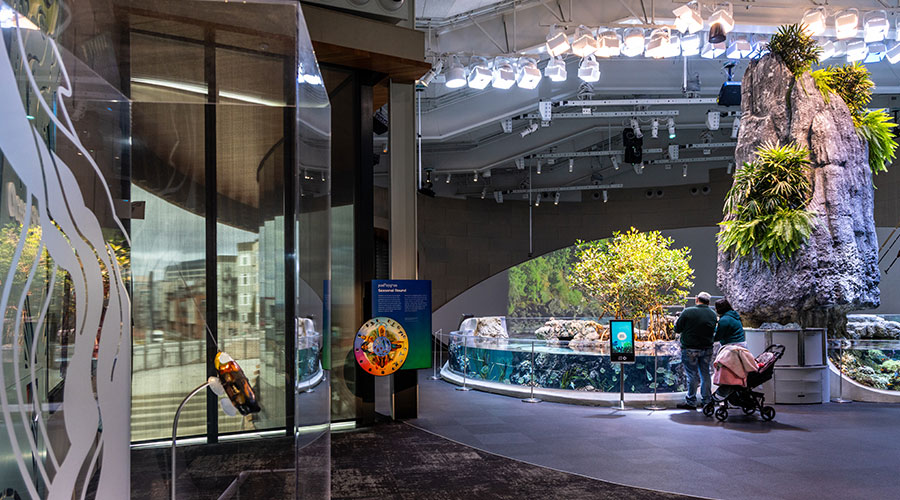A team of researchers at the Lighting Research Center (LRC) at Rensselaer Polytechnic Institute has created a portfolio of lighting patterns designed to help lighting and healthcare professionals select and place luminaires that support circadian health and well-being, while also supporting the vision and orientation requirements of older adults. The team based the patterns on a 24-hour lighting scheme for older adults, which recommends cycled electric lighting with cool, high light levels for high circadian stimulation during the day and warm, low light levels for reduced circadian stimulation in the evening.
The designs also provide good lighting for visibility and nightlights to provide horizontal and vertical cues to improve posture control and stability.
“Older adults in these dimly-lit facilities typically do not experience the robust light-dark pattern necessary to keep their circadian systems entrained to a regular sleep-wake cycle,” says Mariana Figueiro, an LRC professor. “Our new website shows examples of how long-term care facilities can utilize lighting to support the health and well-being of their residents.”
The website is designed in the spirit of traditional architectural pattern books, and it presents model designs for typical spaces and rooms that managers and designers can adapt for use in specific buildings and styles.
The second phase of the center’s lighting design project will showcase healthy lighting for children and adolescents in schools. As with older adults in long-term care facilities, many children spend their days in dimly lit classrooms and do not receive the robust circadian stimulus necessary for circadian entrainment, leading to decreases in sleep, mood problems, reduced performance in school, and increased risk of diabetes and obesity.
For more information, visit http://lightingpatternsforhealthy
buildings.org
















